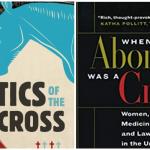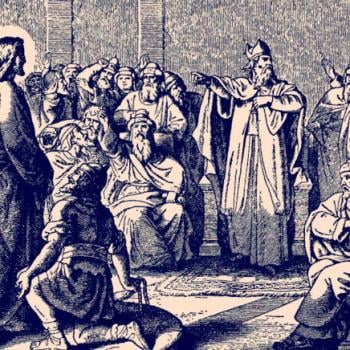Today’s post is a guest contribution from Dr. Nadya Williams, a professor of history at the University of West Georgia who is also my spouse and intellectual confidante. Nadya’s specialty is ancient history, but today’s post focuses not on the ancient Greek and Roman Mediterranean world but on the early 20th-century events that set the stage for the current crisis in Israel – a country where Nadya spent five years of her childhood.
In April of 1991, less than two months after the Gulf War concluded, and a few months before the Soviet Union collapsed, my family immigrated from Russia to Israel. The country was still recovering from the Gulf War, and my elementary school held regular bomb shelter drills, just in case the Scuds would start raining on Tel Aviv again. The occasional destroyed building that I got to see in the city was a reminder that this was no empty threat.
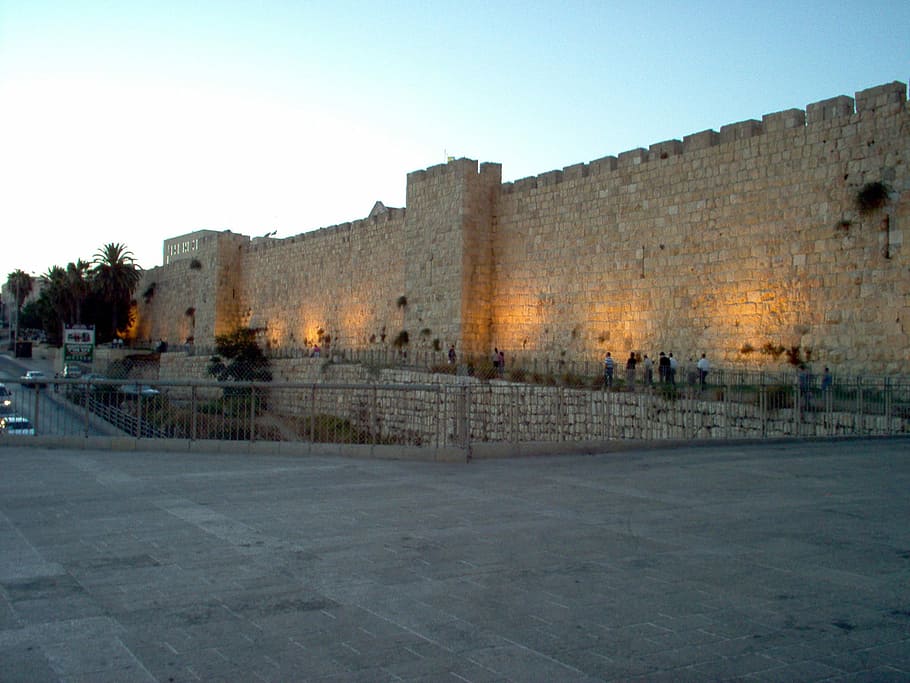
But this did not deter those who, like my family, could read the writing on the wall in the Soviet Union. Well over half a million Jews from the former Soviet Union made the same decision as my family over the course of the 1990s, ensuring a population explosion in the tiny country. Israel’s population grew from 4.6 million in 1990 to 9.2 million in 2020, thanks mainly to the combination of two factors: a policy welcoming all immigrants of Jewish descent, and a high birth-rate in the country’s ultra-Orthodox communities. This high population growth raises the question eloquently posed by one of Israel’s leading newspapers, Haaretz, in an article earlier this year: Is Israel up to the challenge? The question is not mere rhetoric. As the same article notes, “By 2065, Israel is slated to be the second most-crowded nation on earth.”
Over the past week, the world has been following the escalation of violence in Israel. Much of the conversation has centered, predictably, on the question of who is right, and who is at fault. There is a desire on the part of outside observers to take sides in such a crisis. Some have boldly embraced the slogan, “I Stand with Israel.” Others have, instead, criticized Israel’s human rights violations. One recent article has described the Israeli treatment of the Palestinians as the “new Apartheid.” Surprisingly, American Jews, like most American Democratic-leaning voters, have been highly critical of Israel’s treatment of the Palestinians in recent times. Conversely, American Christians, along with other Republican-leaning voters, have reiterated their support for Israel.
As a Christian, but also as a Russian-born dual citizen of Israel and the United States, I would like to do something different in this article. Instead of telling you why you should take one side or the other, I would like, rather, to present some reflections on how past immigration policies have created the crisis that we now see unfold, and how future immigration policies especially in the United States may be the best hope for resolving this crisis. At the heart of the current conflict, I argue, are antisemitic and anti-Muslim immigration policies that do not acknowledge the value of all human lives as created in God’s image.
Earlier this month, Israel celebrated its seventy-third birthday. But the idea of a Jewish state of any sort, and especially a Jewish state in the ancestral land of Israel, was not one that came easily to all Jews a century ago. Instead, the entire existence of the country is arguably the result of structural antisemitism in Europe and around the world, which made it impossible for persecuted Jews to find any other home.
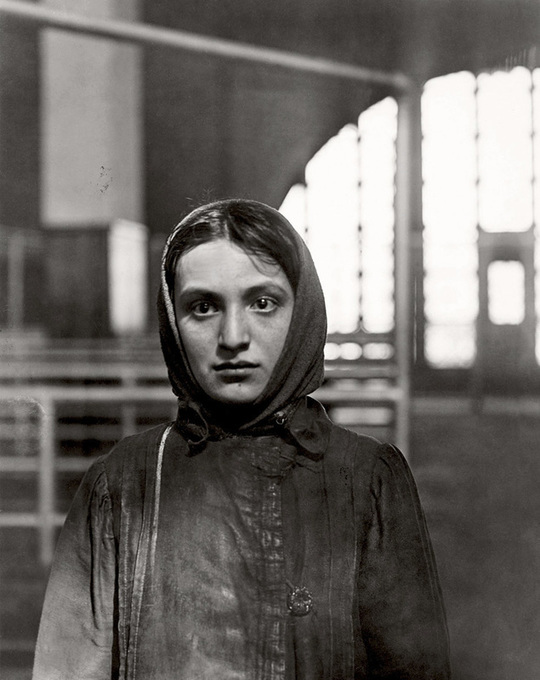
In the 19th century, much of the world’s Jewish population was living in Europe, and a large portion of it was in Russia. While generally considered suspect by their Christian neighbors, they were largely left alone. In 1881, however, popular opinion and misinformation blamed the Jews for the assassination of the Russian Tzar Alexander II. The result was the first wave of pogroms across the country. Each of the subsequent revolutionary periods in Russia was accompanied by another wave of the pogroms. The loss of property and life in each of these violent and prolonged attacks made it clear to the Jews that they were not welcome. While not as indiscriminately violent, such other incidents as the Dreyfus affair in France in the 1890s remind of structural antisemitism in different forms across Europe during this period.
As outside observers, we might reasonably ask the question: if someone is experiencing persecution, why could they not just move? Many Jews in the late 19th and early 20th century attempted to do just that. Between 1880 and 1924, over two million Jews immigrated into the US. Almost a quarter of a million of Russian Jews relocated elsewhere in Europe, especially Germany. The rise of restrictions on Jewish immigration across the world in the late 19th century and early 20th century, however, created a barrier for those who remained, or (in the case of Jews who relocated from one country in Europe to another) who found that they moved from one place of persecution to another. The US Immigration Act of 1924 set extremely stringent national origin quotas on number of immigrants allowed per year, which de facto reduced Jewish immigration to a minuscule fraction of what it was in the preceding two decades.
And so, many Eastern European Jews, in particular, found that they were no longer welcome in the homes they had for centuries, but they also had nowhere else to go. Faced with the reality of restrictions on migration and increased violence at home, arose the new movement of political Zionism, the brain child of Theodor Herzl. Herzl argued that since there was no welcome for the Jews anywhere else in the world, they should begin immigrating to Palestine, their original home, and advocate for the creation of a separate Jewish state.
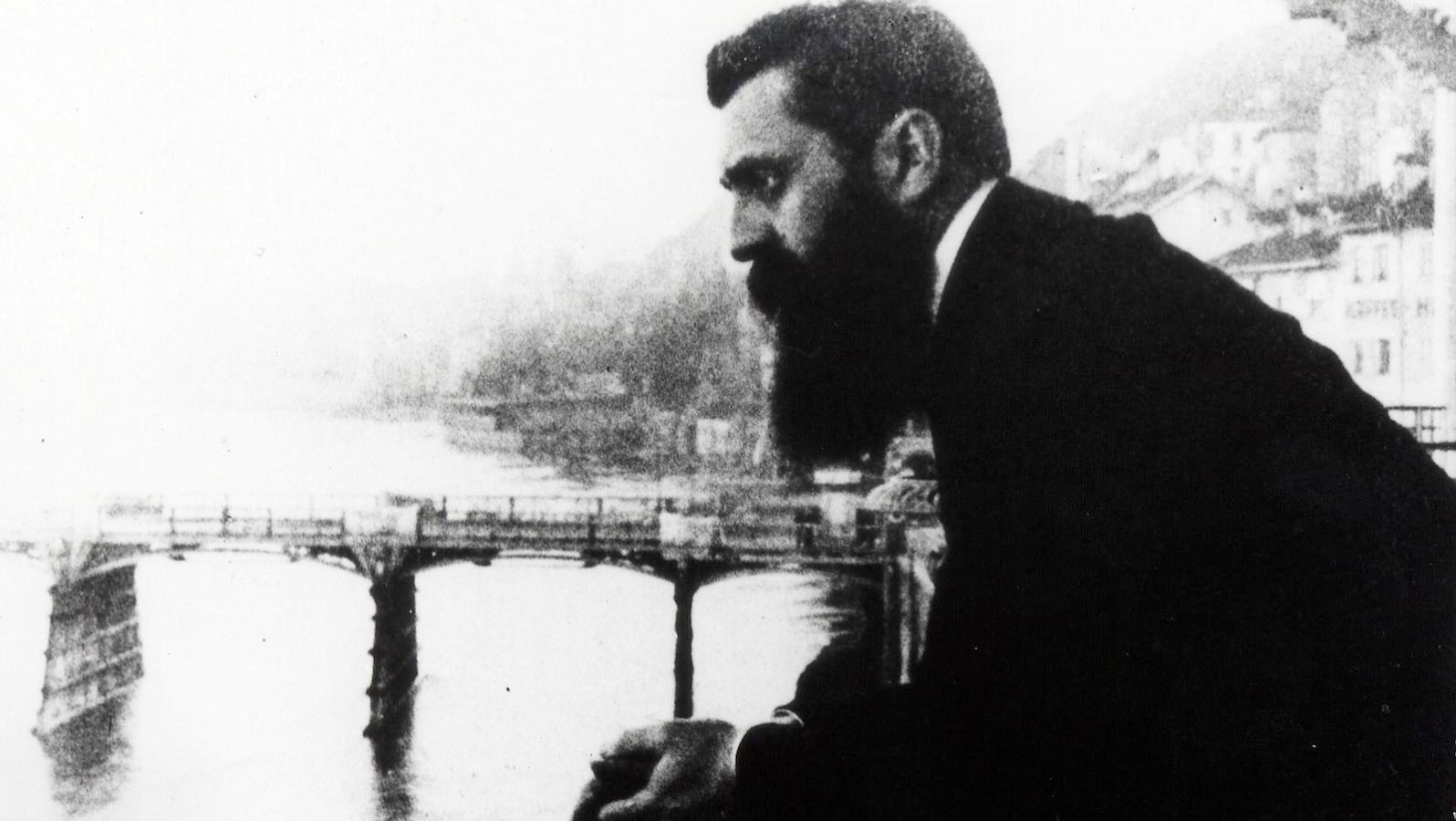
It may surprise many today to hear that Herzl’s ideas were considered radical and were not popular among many Jews of his day. Especially vocal in their opposition were the more religiously-observant Jews, who feared that Herzl’s vision was overly secular at its core. Herzl did voice his support for making Arabs equal partners in the endeavor, and argued for welcoming into the country anyone who wished to come, regardless of ethnic or religious affiliation. Such progressive thinking did not endear him to observant Jews. And then there was much to suspect in his personal life, such as Herzl’s refusal to circumcise his son.
Many, however, found Herzl’s ideas convincing, and beginning in 1882, a steady trickle of Jewish immigrants moved to then Palestine. The impact of the US Immigration Act of 1924 was only to increase this trend – 82,000 Jews moved to Palestine between 1924 and 1929, and another quarter of a million arrived between 1929 and 1939, fleeing antisemitism throughout Europe. They moved to Palestine despite the unpopularity of the British Mandate’s rule, generally seen as brutal, unfair, and incompetent. S.Y. Agnon’s Tehila, set during the Mandate period, tells one story of these immigrants, their suffering, and heartbreak.
But perhaps the final and most convicting chapter in this story of the struggles of European Jews to find a new home is one that involves the United States during World War II. As the Nazi atrocities in Europe progressed, thousands of European Jews fled, and attempted to immigrate to the United States. Unfortunately, the Congress repeatedly turned them away. This act of turning away refugees amounted to passing a death sentence on them. To the United States, concerned more about Depression at home than suffering abroad, no amount of information about the horrors in Europe were likely to change policy. Not only did the US not repeal the immigration quotas during the Holocaust, but it failed to fill them during most of the late 1930s, and immigration shut down altogether in 1941.
The creation of Israel in 1948 serves as a powerful reminder of the failure of the entire world, including American Christians, to acknowledge the preciousness of all human lives through the welcoming of immigrants. The responsibility for the Holocaust, if we reflect on such actions as the turning away of refugees, is to be shared by more than merely the Nazis and those who actively sided with them. But the current crisis in Israel, which involves a battle over resources in a land that simply has too few resources and far too many people, is an opportunity for American Christians to react in a God-centered way in caring for all people who are hurting.


